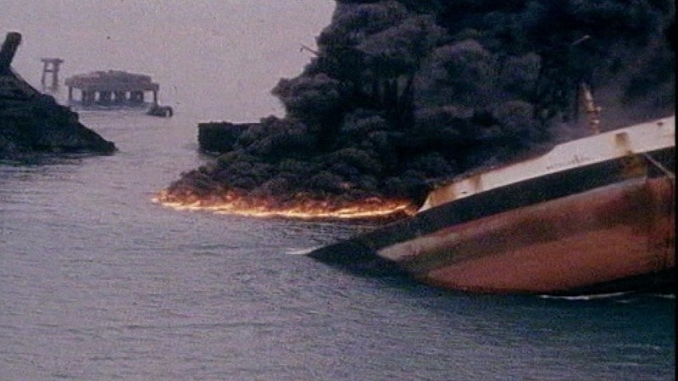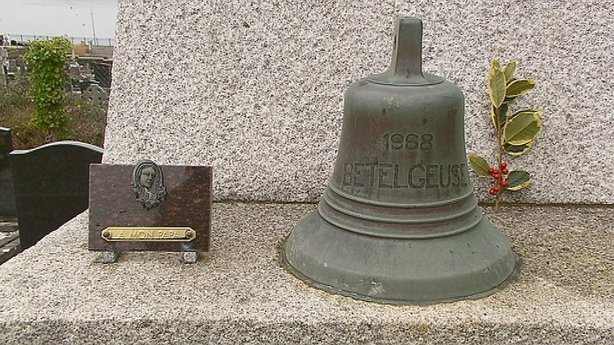Victims of 'Betelgeuse' remembered on 40th anniversary of the Ireland's worst maritime disaster
At approximately 1am on the morning of 8th January 1979 a huge explosion rocked the surrounds and lit the winter skies of Bantry Bay (Irish: Cuan Baoi ) in the south-west of Ireland. On January 4th, 1979, the 121,000 tonne oil tanker Betelgeuse, which was owned by French company Total SA, had arrived in Bantry Bay from Ras Tanura in the Persian Gulf with a cargo of crude oil. On 6th January having berthed at the offshore jetty for the oil terminal at Widdy Island (Oileán Faoide), discharging the 114,000 tonnes of mixed Arabian crude oil began. At about 1am on January 8th, a rumbling or cracking noise came deep from inside the vessel, shortly afterwards there was a huge explosion. The force of the explosion blew men from the jetty into the sea and the vessel was engulfed in a ball of fire. More explosions followed, breaking the vessel in half. The oil still on board ignited generating temperatures estimated to exceed 1,000°C. There then followed a desperate fight to keep the flames away from 12 80,0000 tonne crude oil tanks on the island. Local residents sought to flee to safety. In total, the incident was to claim 51 lives. It was Ireland's worst maritime disaster.
A subsequent enquiry and High Court tribunal pointed to the poor condition of the vessel, placing most of blame for the disaster on the Betelgeuse's owner, the French oil company Total, and Gulf Oil, which ran the terminal were also held responsible. Although many believe that other factors also played a role in the events that day. Since the disaster relatives of the victims have travelled to Bantry in West Cork to commemorate the deaths. This year marks the 40th anniversary and on 8th January forty-five relatives of the crew who died in the explosion are also travelling from Brittany for the commemoration. A memorial mass is to take place at St Finbarr's Church in Bantry, followed by a wreath-laying ceremony at the Abbey Cemetery, where a granite cross stands as a memorial. A wreath-laying ceremony will also take place at sea close to the jetty where the people died.







